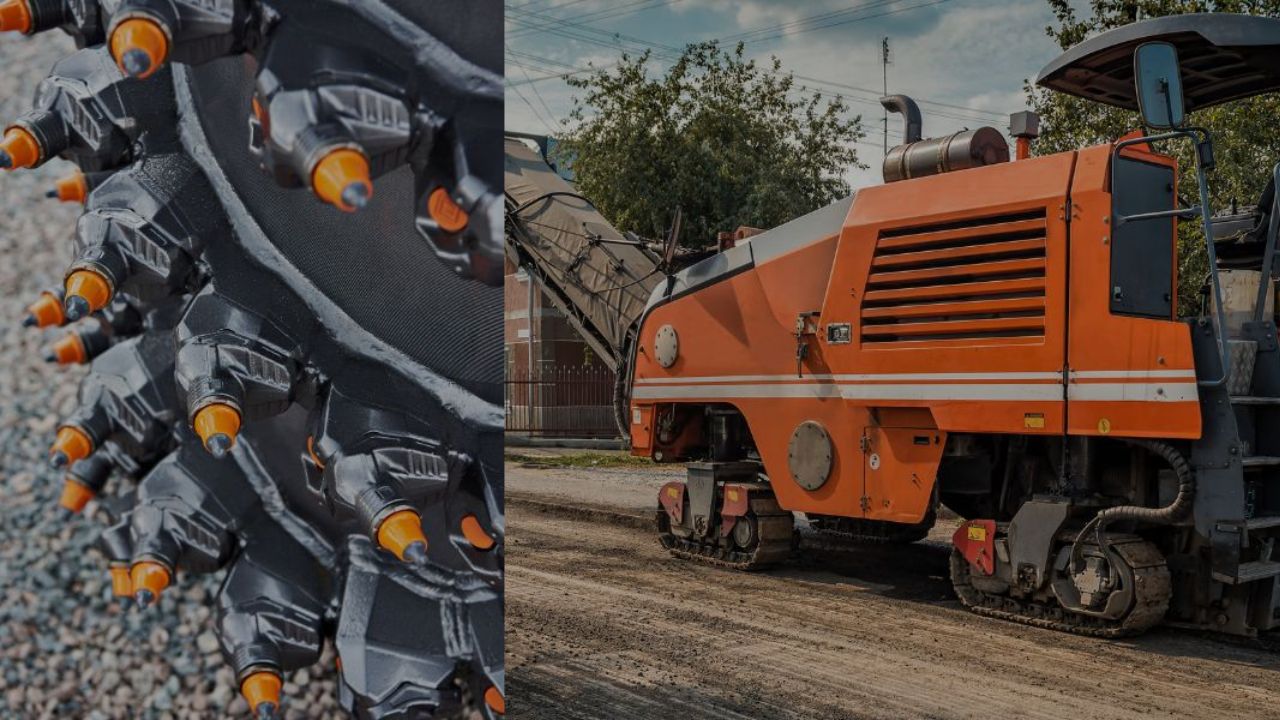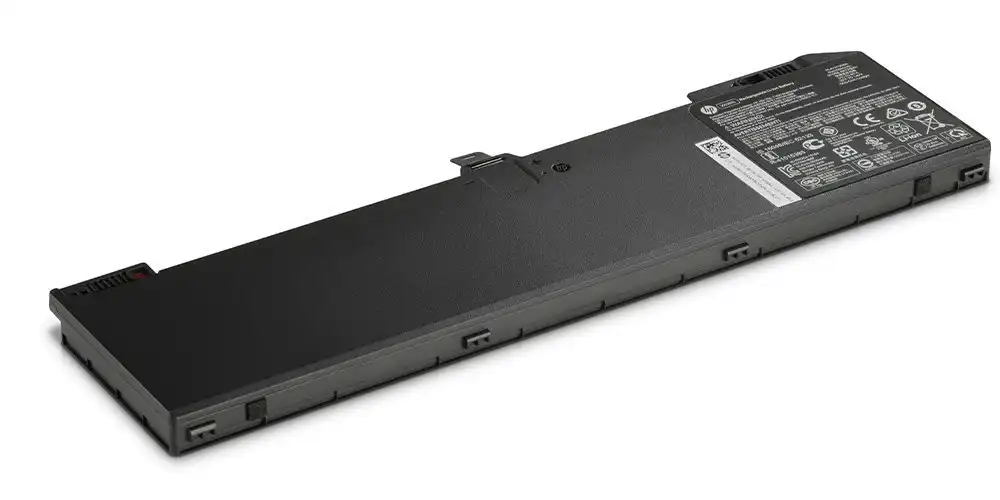The road construction and maintenance industry especially the layer works require milling machines to remove layers of asphalt or concrete. It is, therefore, evident that the life cycle and performance of these machines depend on the milling teeth used. Recent advances in the design of milling teeth have mainly targeted the issue of strength and hence the performance of the machinery has improved with reduced frequency of breakdowns. The current development in the milling teeth design that makes them more durable has also been discussed in this article.
Advanced Material Composition
Milling teeth’s lifespan is significantly influenced by the material used. Recent advancements have introduced tungsten carbide, a material with high hardness and wear resistance. The cutting teeth are made of tungsten carbide tips attached to steel shanks, making the cutting edge wear-resistant to high pressure and abrasive wear. This combination enhances teeth hardness and increases their service life, reducing replacement rates and time needed.
Enhanced Tooth Geometry
The geometry of milling teeth has been changed for better cutting efficiency and the life of teeth has also been improved. The current designs have improved shapes that minimize the concentration of stress on the teeth while in operation. For example, some of the designs have a curved or contoured design which makes cutting easier and reduces the forces of impact. This reduces the chances of chipping or breaking down the workpiece even when milling hard materials. Furthermore, the geometry of the teeth is now more optimized for certain applications, indicating that there is a better performance of the teeth in different milling conditions.
Improved Wear Protection Coatings
Another development in the design of milling teeth is the use of superior wear protection coatings. These coatings are deposited on the teeth surface to improve on their wear and corrosion resistance. These coatings serve as a shield to the teeth hence slowing down the process of wearing out of the teeth. Therefore, milling teeth with wear-resistant coatings can retain their sharpness and cutting capacity for more time than other teeth without these coatings, especially in severe conditions. This results in a great degree of savings on maintenance expenses and a corresponding improvement in efficiency.
Optimized Heat Treatment Processes
The hardness and toughness of the milling teeth depend on the heat treatment. This is a vital process in the manufacturing of the milling teeth. Recent improvements in heat treatment processes have led to the production of milling teeth that are not easily prone to cracks and breakages. Efficient heat treatment processes are applied in such a way that the teeth of the gear attain the required hardness without making them excessively fragile. This balance between hardness and toughness is critical to retain durability in cases of milling applications where the teeth are under much stress and impact.
Conclusion
The advances in the milling teeth design have enhanced their performance and hence their use has become more economical for road construction and rehabilitation works. Some of the innovations that have led to this progress include; the material compositions, the geometry of the teeth, wear protection coatings, interchangeability of the designs, and the heat treatment processes. These innovations are still developing and as such operators will continue to see increased durability and performance of the milling teeth that will in turn lead to successful projects.








